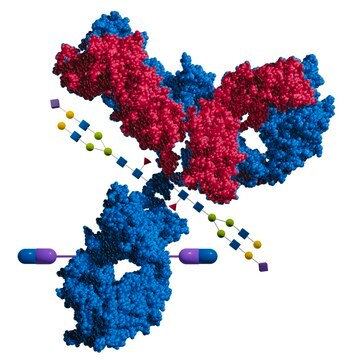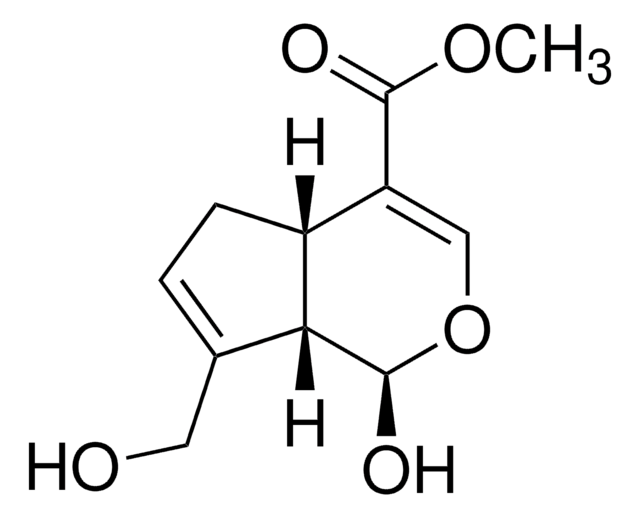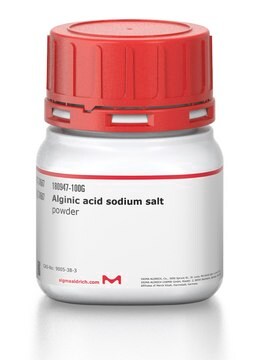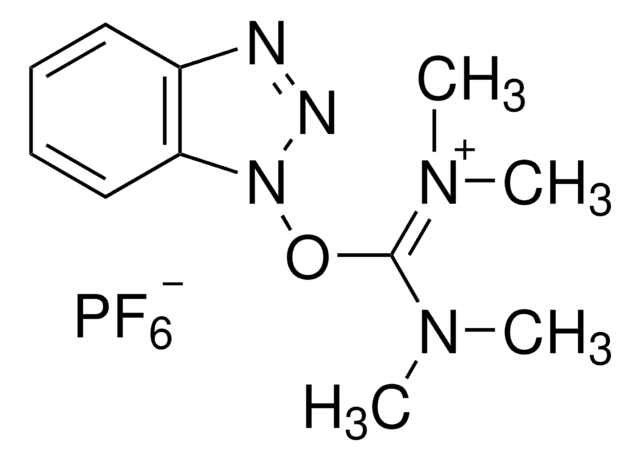SAE0159
Microbial Transglutaminase
lyophilized powder, ≥12 units/mg protein
Synonym(s):
Microbial Enzyme, Transglutaminase, Transglutaminase Enzyme
About This Item
Recommended Products
form
lyophilized powder
Quality Level
specific activity
≥12 units/mg protein
shipped in
dry ice
storage temp.
−20°C
General description
Application
- Protein cross-linking & site-specific labeling
- Antibody Drug Conjugation
- 3D bioprinting bioink preparation
- Food related immunogenicity/pathogenicity related research
Features and Benefits
- Small (~38kDa) and calcium independent enzyme
- Highly purified lyophilized enzyme
- Consistent and reproducible activity
- Characterized for endotoxin content
Preparation Note
Storage and Stability
Signal Word
Danger
Hazard Statements
Precautionary Statements
Hazard Classifications
Resp. Sens. 1
Storage Class Code
11 - Combustible Solids
WGK
WGK 1
Flash Point(F)
Not applicable
Flash Point(C)
Not applicable
Regulatory Listings
Regulatory Listings are mainly provided for chemical products. Only limited information can be provided here for non-chemical products. No entry means none of the components are listed. It is the user’s obligation to ensure the safe and legal use of the product.
JAN Code
SAE0159-250UN:
SAE0159-25UN:
SAE0159-VAR-PW:
SAE0159-PH:
SAE0159-VAR:
SAE0159-25UN-PW:
SAE0159PROC:
SAE0159-250UN-PW:
SAE0159-BULK:
SAE0159-BULK-N:
Choose from one of the most recent versions:
Certificates of Analysis (COA)
Don't see the Right Version?
If you require a particular version, you can look up a specific certificate by the Lot or Batch number.
Already Own This Product?
Find documentation for the products that you have recently purchased in the Document Library.
Our team of scientists has experience in all areas of research including Life Science, Material Science, Chemical Synthesis, Chromatography, Analytical and many others.
Contact Technical Service









